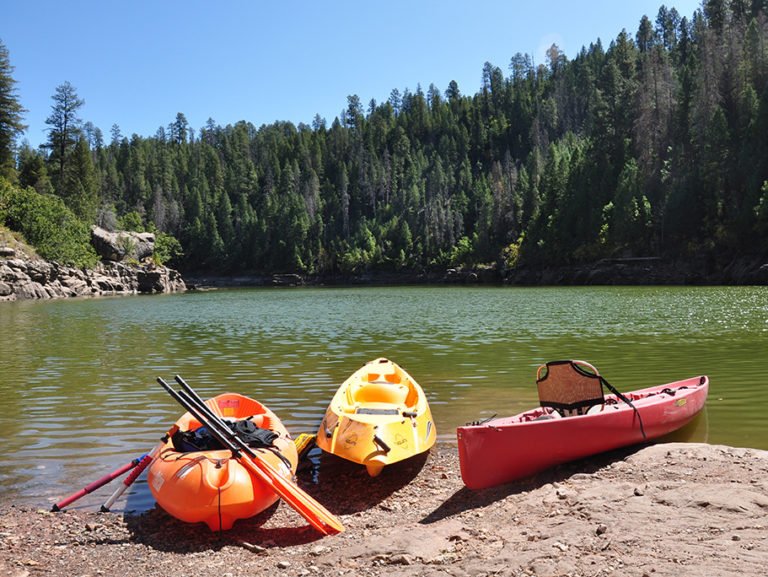
In 2021, most boats that you’ll see on the lake are motorized. The typical propulsion system for boats, outbound motors are a self-contained unit affixed to the back of the boat which contains an engine, gearbox, and propeller. Essentially, these contraptions take fuel and convert it to power so your boat moves forward. Some motors are inbound rather than outbound, meaning that the engine is inside the boat’s hull.
While motors are a useful, modern invention for boats, they aren’t always necessary. In fact, there are several joys and benefits of forgoing the motor for paddles, oars, and other manual propellers. If you love being on the water, but you enjoy a slower pace of lake living, one of these non-motorized watercrafts might be perfect for you.
Sailboat
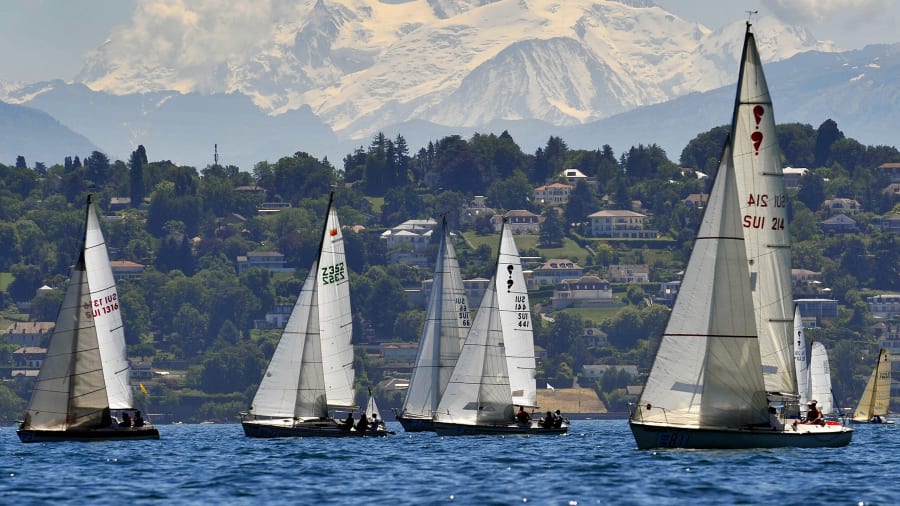
The technology of sailboats is as old as recorded history. Our earliest record of sailboats is from Ancient Egypt when the Nile River and the Mediterranean were used as popular trade routes among various lands. Without the technology of a motor, sailboats simply use the natural wind to propel the boat forward. Because wind is unpredictable, any seasoned sailor knows how to adjust the sails to the wind — a concept that lends itself metaphorically to life. Although the terminology can be complicated, once you learn the tricks of the trade, it’s worth it.
Canoe
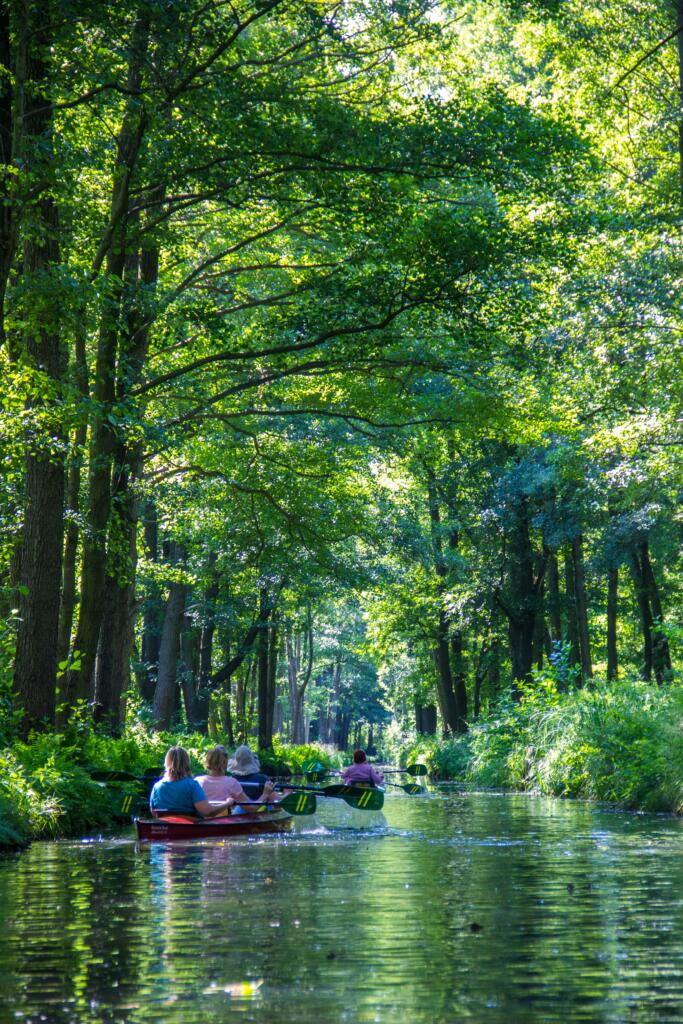
Similar to the sailboat, the canoe’s history dates back thousands of years. Rather than being specific to one country and culture, canoes were likely ubiquitous across the world and instrumental in trade, war, and personal transportation. The English word comes from a Caribbean word meaning “dugout.” This name appropriately reflects the practice of constructing a boat from a tree and carving a hollowed space for sitting. Instead of a motor, typically, canoers use paddles to propel the boat forward. In a two-person canoe, the front paddler controls the speed and power while the back paddler controls the direction.
Kayak
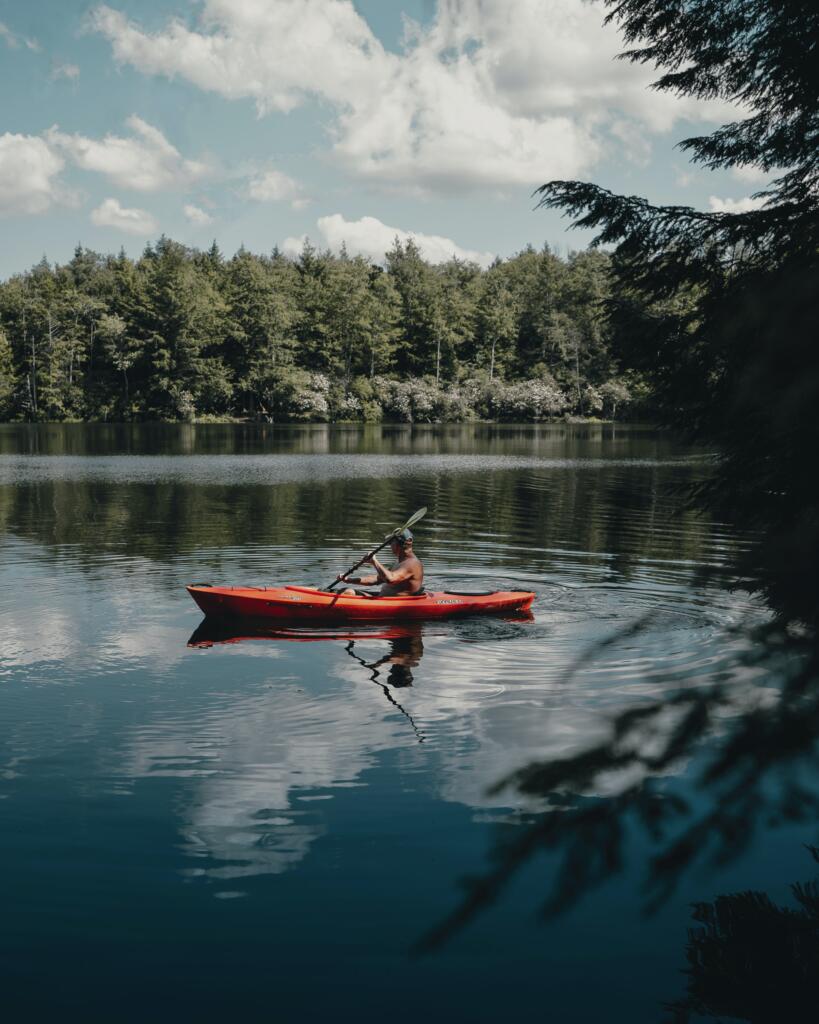
Unlike canoes that have an unspecified origin, kayaks likely originated in northern parts of the world such as present-day Greenland, Siberia, and North America. Meaning “small boat of skins” in the Greenland Eskimo language, these non-motorized watercrafts were first used by Inuit and Aleut people for travel and trading. While these first kayaks were created out of bone, wood, and animal skin, today’s kayaks are mostly made from long-lasting polyethylene plastics. Because kayaks are usually operated by one person, the kayaker will use a double-sided paddle to propel the small boat forward.
Standup Paddleboards
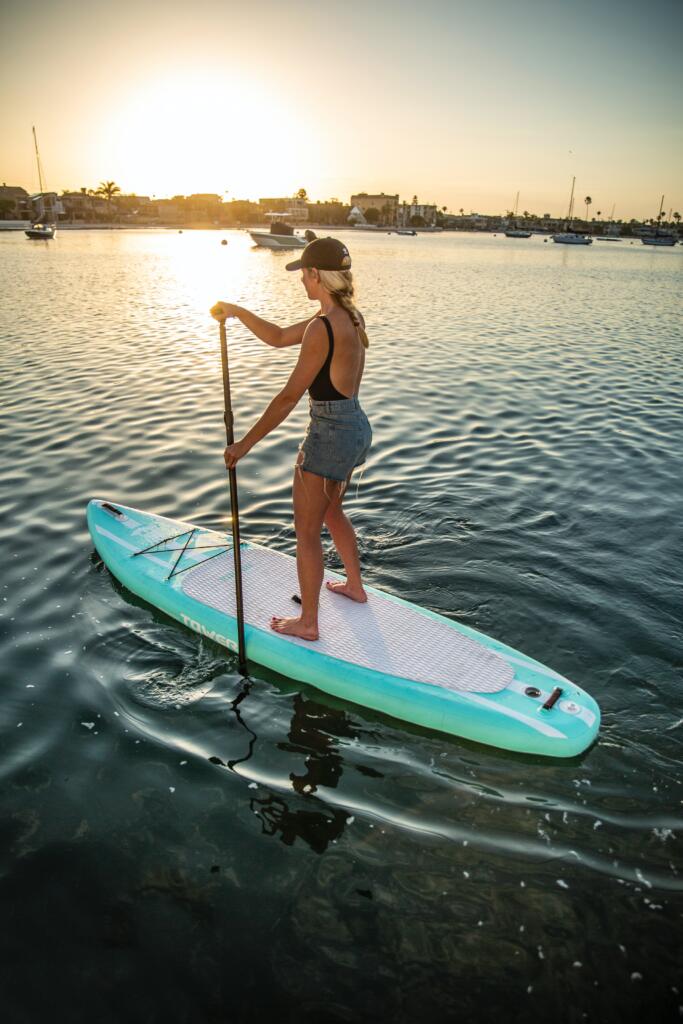
Most personal watercrafts involve sitting in, not on the watercraft. Not so with SUPs. An acronym for “stand up paddleboard,” SUPs have roots in surfing. The modern sport originated in Waikiki, Hawaii in the 1940s by John Ah Choy, a surfer who as he aged, wasn’t able to get up and down from his surfboard like he could in his younger days. For aid, he used a canoe paddle to catch waves. Eventually, the style gained popularity among other surfers. Usually made of fiberglass and resin, these boards are a sturdy non-motorized watercraft that’s perfect for fishing, yoga, and other lake recreation.
Banana Boats
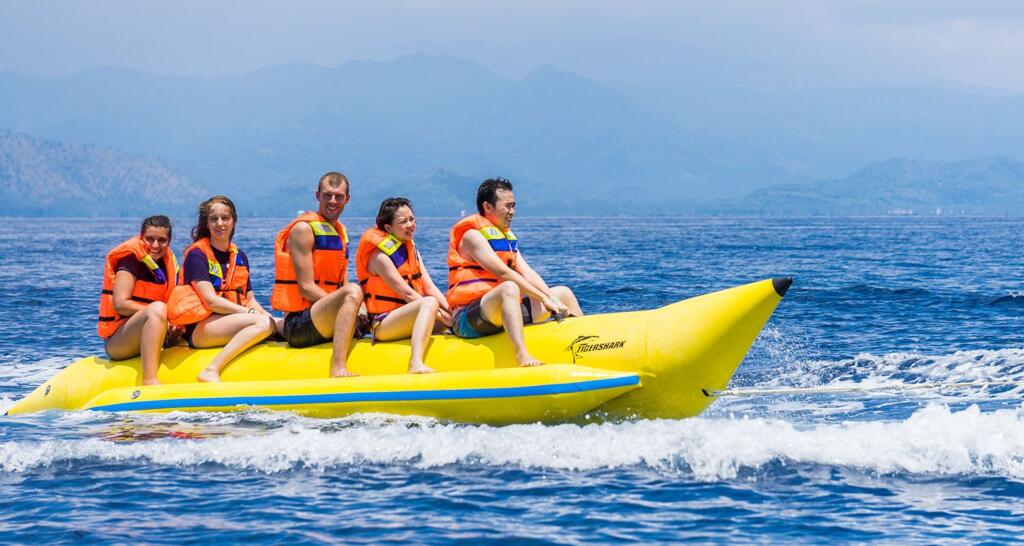
We’re not talking about the brand of sunscreen or the delicious banana s’more dessert. Like other lake floats, banana boats are a purely recreational type of non-motorized watercraft. Shaped like a banana, these inflatables come without any type of motor system and can sometimes be tugged behind a motorized boat. Typically, they seat up to 10 people — perfect for a fun-loving group of guests at your lake house.
Whether you choose a motorized or non-motorized personal watercraft, we hope you keep enjoying the lake in whatever way suits your lifestyle!

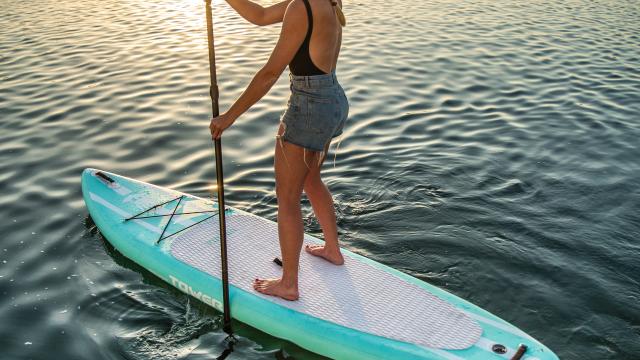
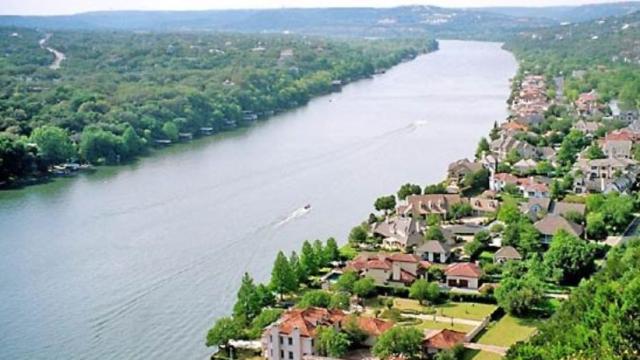
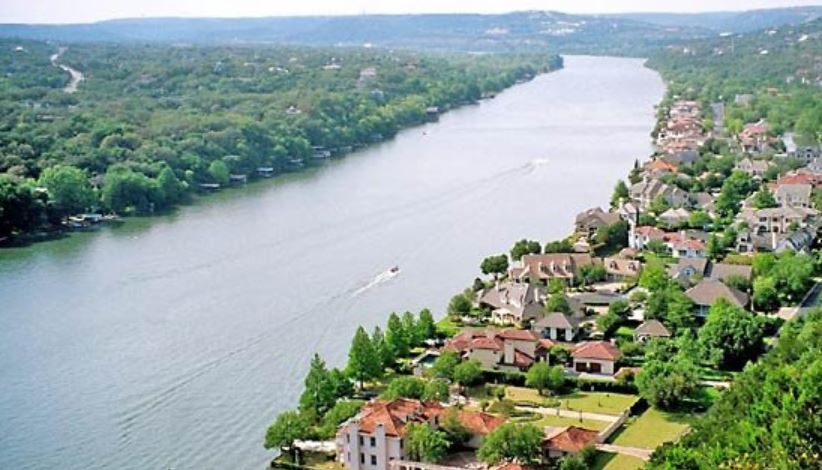
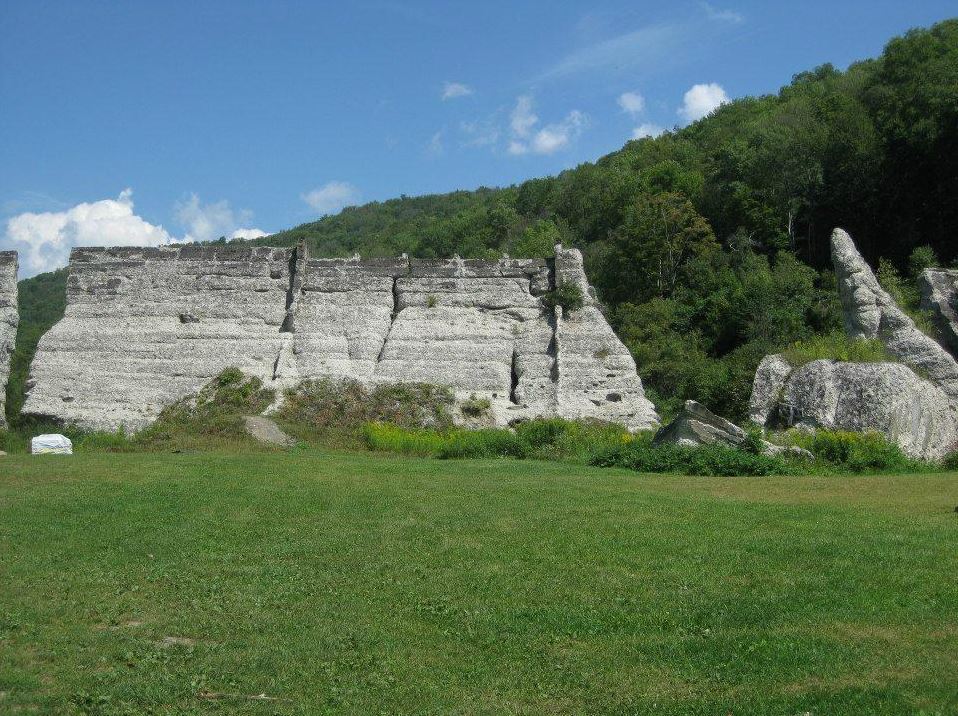
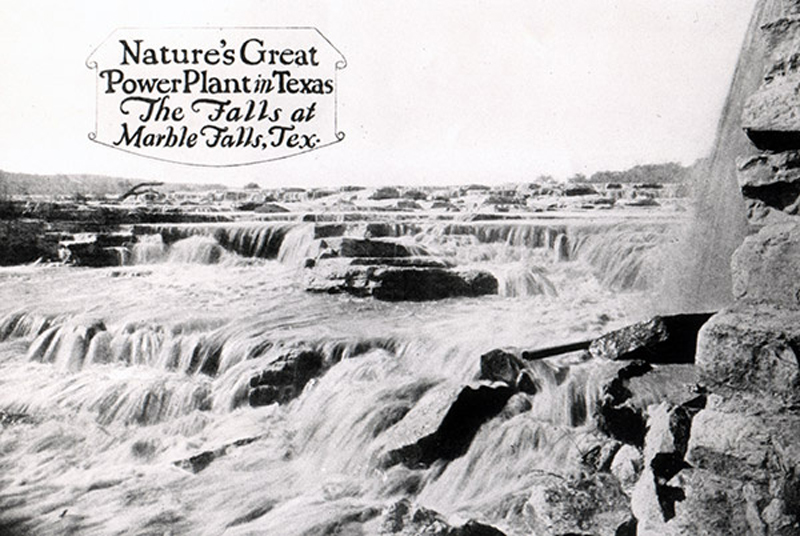
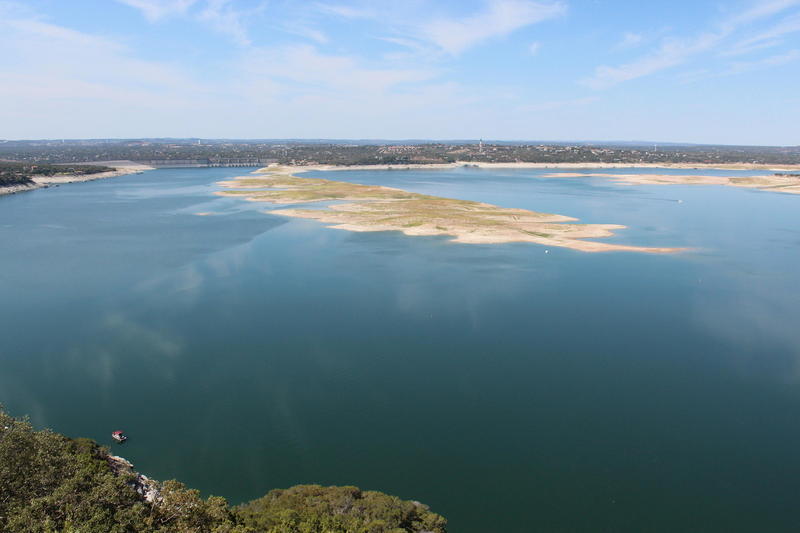

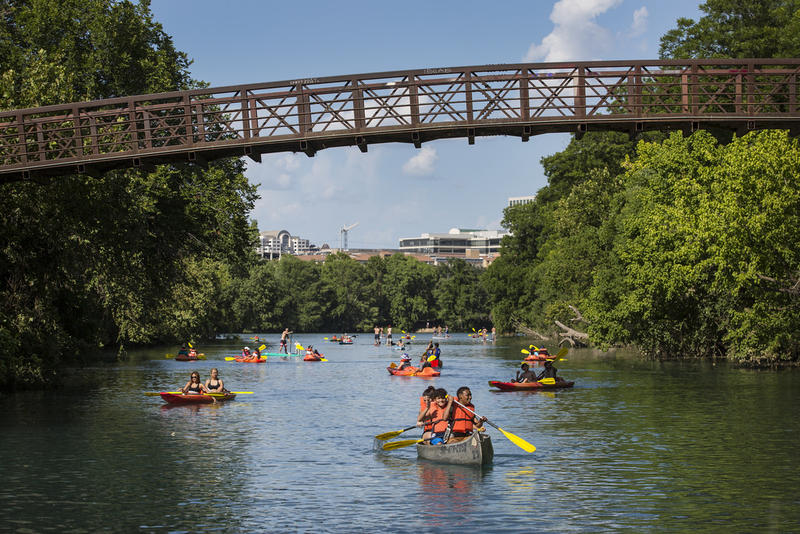

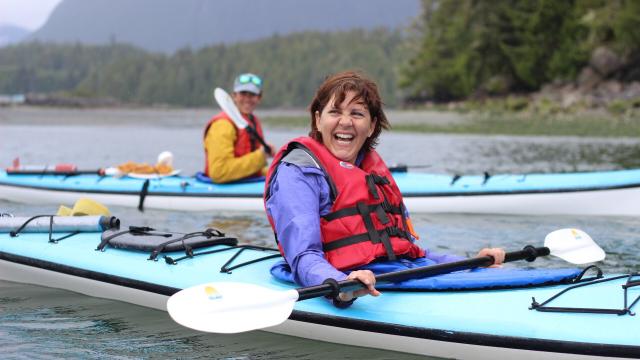


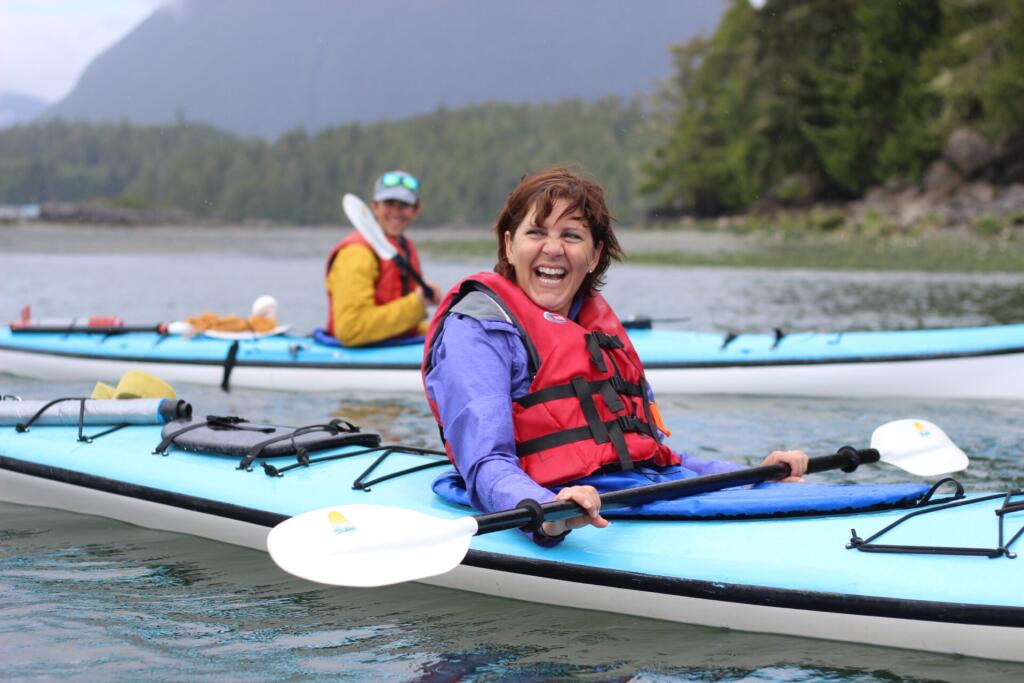
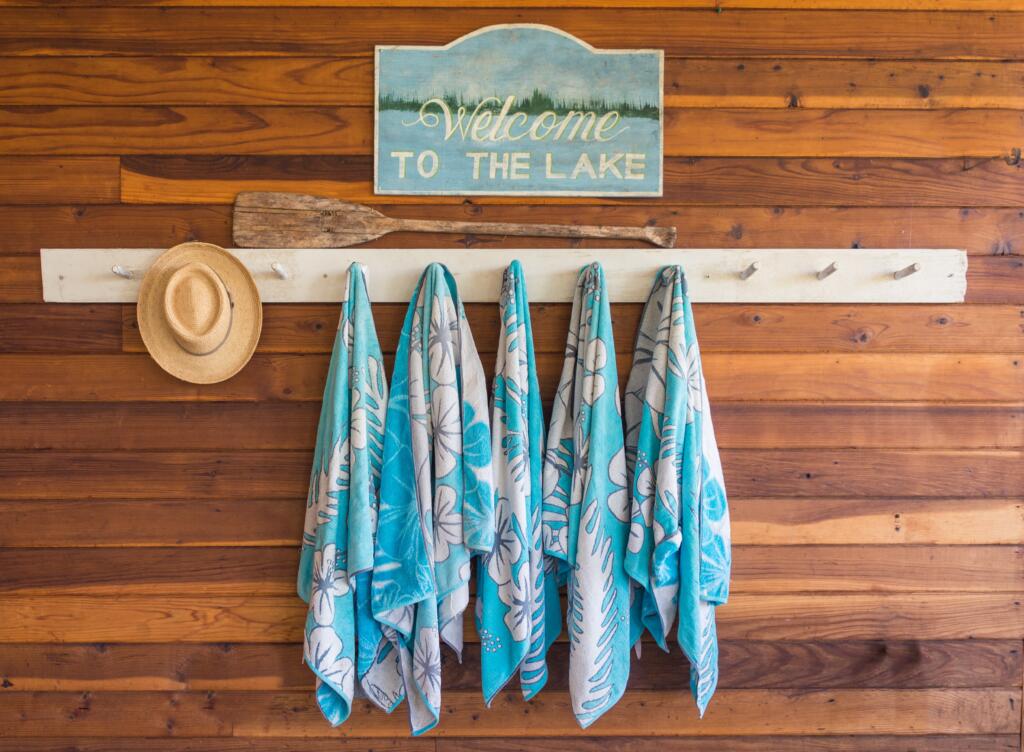
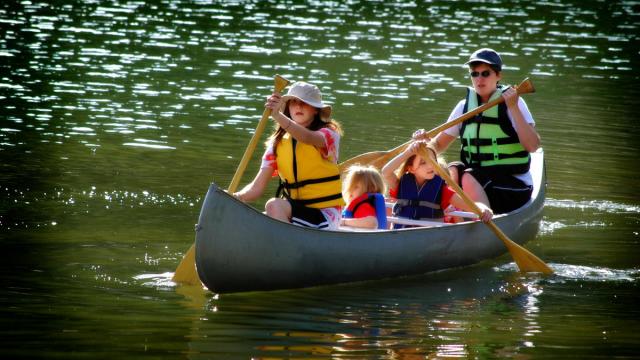

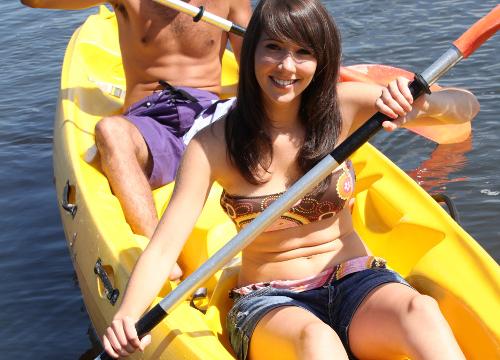
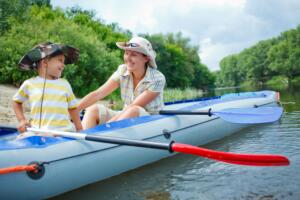
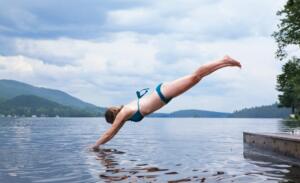 Swimming is another fun activity you can enjoy while at the lake. Not only is this fun, but you can really work your muscles and burn some calories when you go for a swim.
Swimming is another fun activity you can enjoy while at the lake. Not only is this fun, but you can really work your muscles and burn some calories when you go for a swim.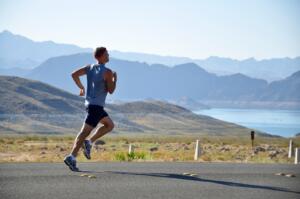 Everyone is already aware of the health benefits of going for a daily run, but just because you are on vacation does not mean you shouldn’t continue your routine. Wake up early and take a nice run on the trail near the lake and enjoy the natural beauty.
Everyone is already aware of the health benefits of going for a daily run, but just because you are on vacation does not mean you shouldn’t continue your routine. Wake up early and take a nice run on the trail near the lake and enjoy the natural beauty.